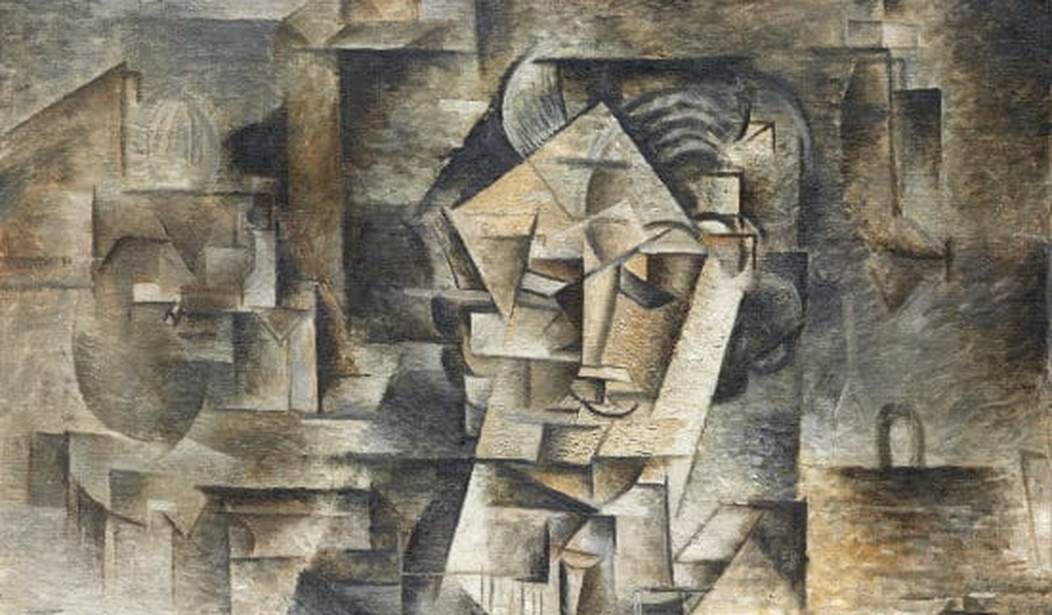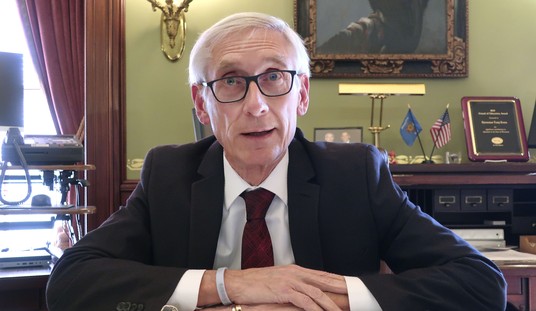Every once in a while I find myself asking, what is art? I say this because many people today believe that art can be anything you want it to be. A fashion model, for instance, will refer to her walk down the runway or her pose before a magazine photographer as “art.” An actor or actress will call their work in the theater “art.” Art, in our time, has come to mean almost anything, from the way colorful tattoos blend into human epidermis to fancy food production in hot urban kitchens where the chef is almost certainly… an artist.
In some schools, children are taught that “everybody is an artist,” and that “everybody can be an artist” (this statement, of course, is about as true as “everybody can be a mathematician”).
Let’s look at art in terms of sculpture or works on paper.
Consider abstract painters whose works inspire onlookers to say, “What is it?” or “What does it mean?” In some circles, the more mysterious and cryptic a piece is, the “higher” its elevation in artistic value. This brings us to Pablo Picasso. While millions were praising his works as examples of a heightened sensibility, Picasso himself was nodding his head “no.”
“In art,” Picasso wrote, “the less people understood me, the more they admired me. By amusing myself with all these games, with all these absurdities, puzzles, rebuses, arabesques, I became famous, and that very quickly. And fame for a painter means sales…. But when I am alone with myself, I have not the courage to think of myself as an artist in the great and ancient sense of the term….I am only a public entertainer who has understood his times.”
Revolutionary words, indeed!
When it comes to art—as in sculpture or painting—there are as many opinions as there are stars in the sky.
Still, it is the art critic who is supposed to tell us which pictures are really fine and which ones are bad or just so-so. The problem is that most people do not listen to art critics. The work of Thomas Kinkade may have grossed millions, but it still draws jeers and sneers from art people in the know. “This is crass commercialism,” they say. While those critics may be right, what about the millions of people who love this kind of art? After all, if one were to measure both camps, the museum-quality fine art lovers versus the “hang it in my living room” commercial art camp, the latter would win out in terms of numbers every time.
Consider what happened to Jeffrey Little and Stephen R. Saymon’s idea for a 9/11 memorial sculpture in Philadelphia’s Franklin Park several years ago. The proposal was a design of a small Liberty Bell on a suspension bar placed between replicas of the twin towers. As reported by The Philadelphia Inquirer, Little, who is a building contractor, drew the initial idea on a napkin, decided he liked it, and then showed it to friends and colleagues like police and firefighters, all of whom loved it too. In fact, they liked it so much that Little felt encouraged to go see then-Mayor Nutter, who liked the design so much that he imagined it being built in a prominent corner of Franklin Square.
Other politicians voiced their approval for the design as well, so the project seemed like a winner.
Everybody seemed to love the little design that could.
While the design wasn’t fine art, it was a smart piece of commercial art that would seem to be right at home in a little park where the main attraction is a gigantic piece of working folk art, a beautiful carousel. The “cute” sculpture was even reminiscent of the knick-knacks tourists from around the world take home after their visits to Philadelphia.
Trouble for the design came in the form of the Philadelphia Art Commission.
The Commission called the design “cartoonish with an amateurish design,” and told Little that it was not acceptable. “There’s a mismatch between the memorial’s main imagery and its subject matter,” they declared, straightening their bow ties. On the philly.com message board under the Inquirer story about the design, some message posters found amusement in the fact that Little first designed the memorial on a napkin, forgetting that Picasso, Jean Cocteau, and Salvador Dali also did scores of napkin designs. Great ideas, of course, can spring from anywhere.
The Art Commission’s rejection reminded me of the Rocky statue debate in the 1980s. At that time the Commission decided that the Rocky statue was not art but something alien produced by the commercial world. This judgment came despite Andy Warhol’s claim that art is anything you want it to be (Campbell’s soup cans, a box of Brillo pads, etc.), and despite the fact that so much of art, especially of the abstract kind, confuses the eye of so many beholders.
But there’s no confusion in Little’s design.
While I personally believe we don’t need another 9/11 memorial (there’s already a 9/11 memorial piece in the city’s Schuylkill Banks area), Little’s design was anything but overbearing or ponderous. It had a miniaturized dollhouse kind of charm that fit right in with the carousel.
In fact, it’s the sort of minor commercial piece that fits in splendidly with the Independence Hall area. It would speak to tourists in a much better way than the skeletal design of the President’s House does. The President’s House is a huge mismatch between the main imagery and the subject matter, since it is not about George Washington at all but about the slaves that Washington owned.
Always keep in mind that one man or one woman’s art is another’s “load of plaster,” or “insult to the senses,” such as Jacques Lipchitz’s “Government of the People” was to former Mayor Frank Rizzo, who hated the work with a passion. “Maybe I don’t know anything about art; it’s not my background,” Rizzo is on record as saying. “But I looked at it and tried to be fair. It looks like some plasterer dropped a load of plaster. I like art… It was us Italians who started most of it.”
Claes Oldenburg’s “Clothespin” in downtown Philadelphia is also somewhat of an urban mismatch, since it relates to nothing in the environment except obscure Tide television commercials from the 1960s. When I interviewed writer Susan Sontag during one of her many visits to Philadelphia before her death in 2004, she talked about the “Clothespin” in less than glowing terms: “Philadelphia is weird,” she told me then. “What other city would put a sculpture of a clothespin in the center of downtown?”









Join the conversation as a VIP Member